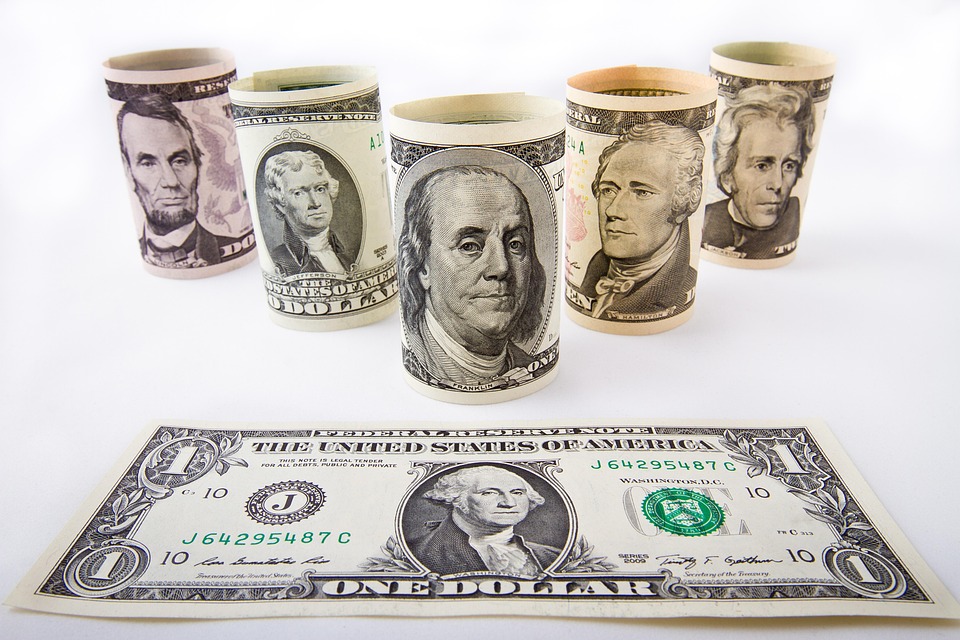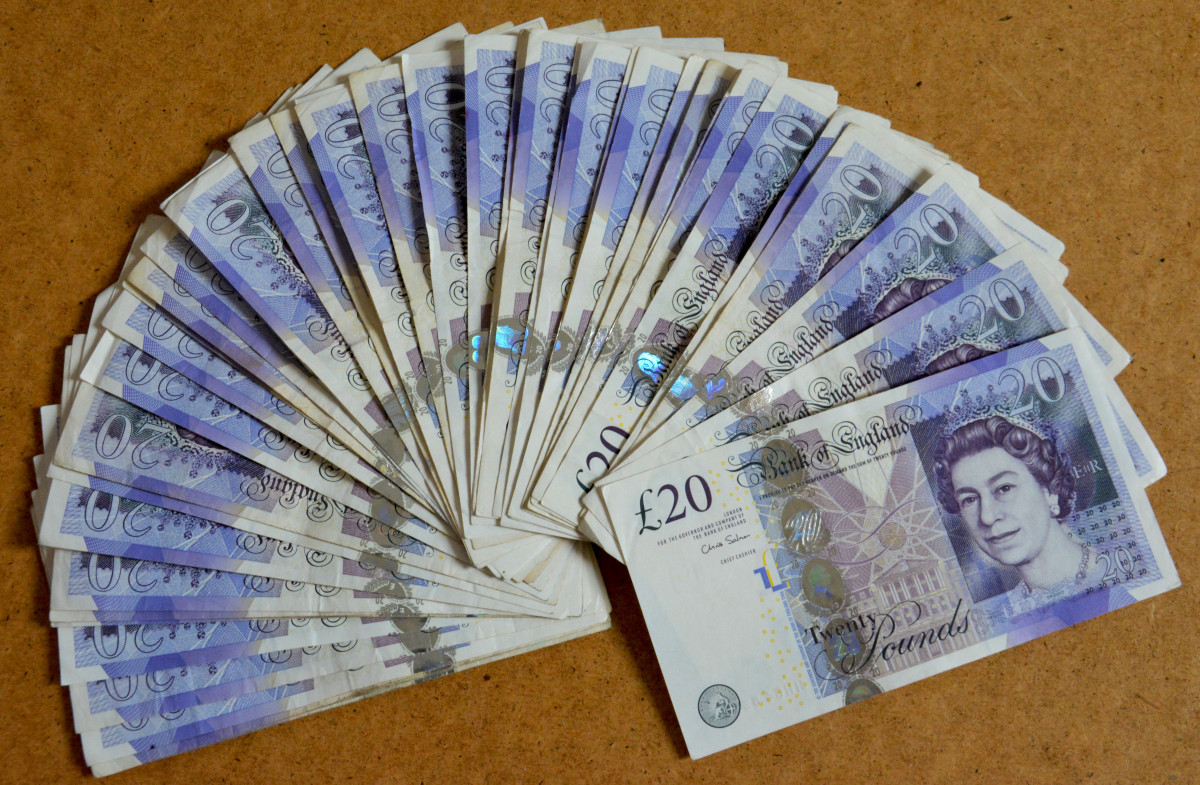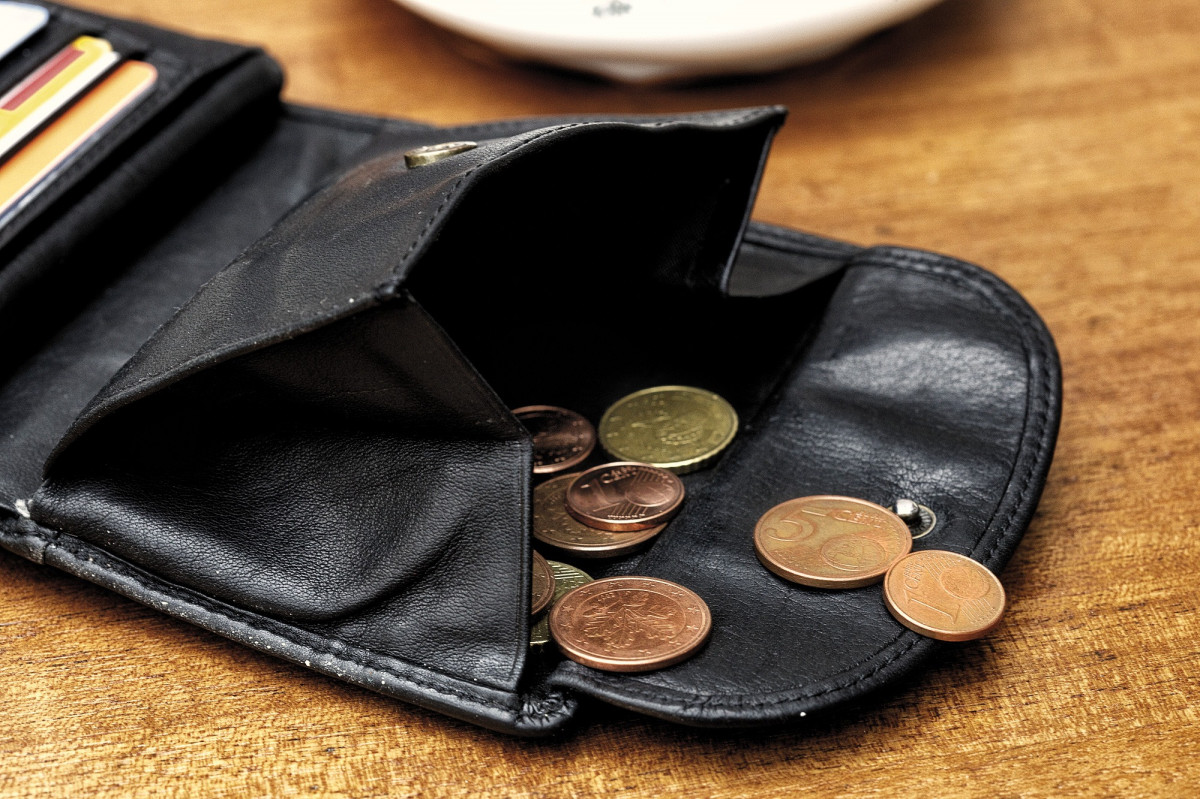Introduction: Rethinking Your Biggest Debt Commitment
For most homeowners, the mortgage represents the single largest debt commitment they will ever undertake, often spanning two or three decades. While the initial euphoria of closing on a home can overshadow the complexities of the loan agreement, the terms signed on that first day aren’t set in stone forever.
The concept of mortgage refinancing offers a powerful opportunity to replace the original debt with an entirely new loan, potentially unlocking substantial savings and achieving critical financial goals. This strategy involves paying off your current mortgage by taking out a fresh one, usually with different terms, a lower interest rate, or a new structure.
The decision to refinance should never be taken lightly; it requires a careful cost-benefit analysis comparing the upfront fees of the new loan against the potential long-term savings or benefits gained. Many factors can prompt a homeowner to consider refinancing, including major shifts in the economic landscape, like a dramatic drop in prevailing interest rates, or significant improvements in the borrower’s personal financial health, such as a major increase in credit score or income.
Essentially, refinancing is a strategic maneuver designed to optimize the homeowner’s monthly budget, adjust the loan timeline, or tap into the accumulated equity of the home. A successful refinancing move requires understanding the current market, accurately calculating the break-even point where the savings outweigh the costs, and knowing which type of refinance—whether it’s rate-and-term or a cash-out—best serves the immediate financial need.
This comprehensive guide will meticulously explore the mechanics of refinancing, detailing the compelling reasons why borrowers choose to switch loans and providing a clear framework for assessing whether now is the right time to commit to a new debt agreement. Making an informed decision about refinancing can be one of the most financially rewarding steps a homeowner can take after purchasing their property.
What Exactly is Mortgage Refinancing?

At its core, refinancing is the process of securing a new mortgage to pay off and replace the old mortgage. It is not simply renegotiating the old contract; it is closing one loan and opening another.
A. The Replacement Process
When you refinance, a new lender (or sometimes your existing one) provides a new lump sum. This money is immediately used to satisfy the outstanding principal balance of your original loan, along with any necessary closing costs and fees.
- New Term and Rate: The new loan almost certainly comes with a new interest rate and a new repayment term, often resetting the clock back to 15 or 30 years.
- New Legal Commitment: You are signing an entirely new contract, meaning your monthly payment, interest rate type (fixed or adjustable), and all terms are set fresh from the closing date.
- New Closing Costs: Just like the original home purchase, refinancing involves closing costs, which typically include appraisal fees, title insurance, attorney fees, and loan origination fees. These costs usually range from 2% to 5% of the new loan amount.
B. Two Primary Types of Refinancing
Refinancing generally falls into one of two main categories, defined by the borrower’s goal.
- Rate-and-Term Refinance: This is the most common type, aimed purely at changing the interest rate and/or the loan term. The borrower does not take out any extra cash. The goal is solely to reduce the monthly payment or shorten the repayment period.
- Cash-Out Refinance: The borrower takes out a new loan for an amount larger than their existing mortgage balance. The difference (minus closing costs) is given to the borrower as tax-free cash, which they can use for any purpose. This essentially converts home equity into liquid cash.
Why Homeowners Choose to Refinance (The “When”)

There are several compelling situations where refinancing becomes a financially prudent move. These reasons are often driven by external market conditions or internal financial improvements.
A. Securing a Lower Interest Rate
This is the most frequent reason for refinancing. A drop in prevailing market interest rates can offer substantial long-term savings.
- The 1% Rule: A traditional rule of thumb suggests refinancing is worth considering if you can lower your current interest rate by at least one full percentage point. On a large balance, this reduction translates to significant monthly savings.
- Long-Term Savings: Even a half-percent reduction on a $300,000 loan can save tens of thousands of dollars in interest over 30 years.
- Economic Cycles: Rates tend to fluctuate based on Federal Reserve policy and economic outlook. Homeowners should track these trends and seize the opportunity when rates dip.
B. Changing the Loan Term
Refinancing can be used to dramatically alter the loan’s timeline, aligning it better with the homeowner’s life goals.
- Shortening the Term: Switching from a 30-year to a 15-year mortgage significantly increases the monthly payment but results in enormous savings in total interest paid and accelerates the debt-free date. This is ideal for those with increased income.
- Lengthening the Term: If a homeowner experiences financial hardship, they might refinance from a 15-year to a 30-year term to lower the monthly payment, improving cash flow despite paying more interest overall.
C. Switching Loan Types (Rate Structure)
Refinancing allows a borrower to swap one type of mortgage for another, often moving from a riskier loan to a more stable one.
- ARM to FRM: Homeowners who initially took an Adjustable-Rate Mortgage (ARM) to benefit from a low introductory rate often refinance into a Fixed-Rate Mortgage (FRM) before the ARM’s fixed period expires. This is a crucial de-risking strategy, eliminating the threat of payment shock.
- FHA to Conventional: Buyers who started with a Federal Housing Administration (FHA) loan may refinance into a conventional loan to eliminate the expensive Mortgage Insurance Premium (MIP), which may otherwise last for the life of the loan.
D. Tapping into Home Equity (Cash-Out)
Home value appreciation or diligent principal payments build equity, which can be accessed through a cash-out refinance.
- Funding Major Projects: The cash drawn can be used for significant, expensive projects like home renovations. Since mortgage interest is often tax-deductible (check with a tax professional), this financing can be cheaper than a high-interest personal loan or credit card.
- Debt Consolidation: Cash-out funds are frequently used to pay off high-interest debts, such as credit card balances or student loans. The lower mortgage rate replaces the higher-rate debt, resulting in substantial savings.
The Financial Prudence: Calculating the Break-Even Point
The biggest hurdle to refinancing is the cost. Since you pay closing costs again, you must ensure you stay in the home long enough for the monthly savings to recover those fees.
A. Estimating Refinancing Costs
Closing costs typically include:
- Origination Fees: Charged by the lender for processing the loan.
- Appraisal Fees: Required to determine the current value of the home, especially for cash-out refinances.
- Title Insurance and Search: Ensures the title is clear and protects the lender.
- Attorney/Escrow Fees: Costs associated with the official closing process.
These costs must be added up to determine your total upfront expense.
B. Calculating Monthly Savings
Determine the difference between your current monthly principal and interest (P&I) payment and the new proposed P&I payment.
$$\text{Monthly Savings} = \text{Old P\&I Payment} – \text{New P\&I Payment}$$
C. Finding the Break-Even Point
The break-even point is the number of months required for your monthly savings to equal the total closing costs.
$$\text{Break-Even Point (Months)} = \frac{\text{Total Closing Costs}}{\text{Monthly Savings}}$$
- The Crucial Decision: If you plan to sell the house or refinance again before you reach this break-even month, refinancing is not financially advisable, as you will have paid more in fees than you saved.
- Example: If closing costs are $6,000 and your monthly savings are $100, the break-even point is 60 months (5 years). You should only refinance if you plan to stay in the home for longer than 5 years.
The Refinancing Process: Step-by-Step
Refinancing closely mirrors the original home buying process but is usually quicker and involves less physical documentation since the property is already secured.
A. Pre-Application Financial Review
Just like a first-time homebuyer, you must tune up your credit and finances, as lenders will look for:
- Improved Credit Score: A higher score since your original purchase can secure a significantly lower rate.
- Lower DTI: A reduced Debt-to-Income ratio shows you can comfortably handle the new debt structure.
- Equity Position: Lenders require you to have sufficient equity remaining in the home after the refinance (typically 20% equity remaining for conventional loans).
B. Shopping for the New Loan
Do not automatically use your current lender. Shop around aggressively to compare offers, focusing on the APR, not just the interest rate.
- Compare APR: The Annual Percentage Rate (APR) includes the interest rate plus certain fees, giving you the true, all-in cost of the loan.
- Get a Loan Estimate: After pre-qualification, a lender must provide a standardized Loan Estimate form within three business days, detailing the interest rate, monthly payment, and estimated closing costs. Compare these documents meticulously.
C. Underwriting and Closing
Once you select a lender, the underwriting process begins, confirming the property value and your financial viability.
- New Appraisal: The lender will order a new home appraisal to verify the current market value, which is crucial for determining how much cash you can take out or what your new Loan-to-Value (LTV) ratio will be.
- Documentation Submission: You will submit updated pay stubs, W-2s, and bank statements. The process is often faster than the original mortgage because the property history is established.
- Rescission Period: After closing on a primary residence refinance, federal law grants a three-day right of rescission to the borrower. This means you have three business days to cancel the refinance agreement for any reason without penalty.
Potential Pitfalls and Hidden Costs
Refinancing isn’t always the right answer. There are scenarios where it may be financially detrimental.
A. The Cost of Resetting the Clock
If you are five years into a 30-year mortgage and refinance back into a new 30-year mortgage, you have effectively extended your debt commitment to 35 years (5 original + 30 new).
- Extended Interest: While your payment will be lower, you will pay far more total interest over the combined 35 years than if you had simply kept the original 30-year loan.
- Mid-Life Loan Refinance: If you are already halfway through your loan, much of your payment is already going toward principal. Refinancing back to a 30-year term resets the amortization, meaning your payments will once again be heavily tilted toward interest.
B. Increased Debt with Cash-Out
While tempting, a cash-out refinance converts your home equity (an asset) into debt. You are increasing your mortgage balance and therefore your total debt load.
- Long-Term Repayment: The cash you take out to pay off a credit card, which might have been paid off in 5 years, is now being repaid over 15 to 30 years as part of your mortgage, accruing interest the entire time.
- Risk to Principal: Increasing your loan balance reduces your equity cushion, increasing your Loan-to-Value ratio and putting you at higher risk if property values decline.
C. The APR vs. Interest Rate Trap
Some lenders may offer a very low interest rate but then charge high closing costs, leading to a much higher APR. Always focus on the APR, as it reflects the true cost of borrowing, factoring in the fees. An aggressively low rate with high fees might have a higher APR than a slightly higher rate with minimal fees.
Conclusion: Making an Informed Refinancing Decision
Mortgage refinancing is a powerful and flexible financial maneuver that, when executed correctly, can substantially improve a homeowner’s financial well-being. The decision to pursue a refinance is usually triggered by a significant drop in market interest rates or a desire to convert home equity into useful cash.
Successfully executing a refinance relies on a disciplined cost-benefit analysis, specifically ensuring that the monthly savings gained are sufficient to recover the new closing costs within a reasonable timeframe, known as the break-even point. Borrowers must always be wary of the risk of resetting the loan clock, which can inadvertently increase the total amount of interest paid over the long haul.
Ultimately, the choice must align with the homeowner’s specific long-term goals, whether those involve achieving a debt-free status faster, lowering the monthly outflow for better cash flow, or funding major capital expenditures. By meticulously comparing the APRs, analyzing the amortization consequences, and avoiding the allure of unnecessary cash-out debt, homeowners can confidently leverage refinancing as a tool for robust financial health.












